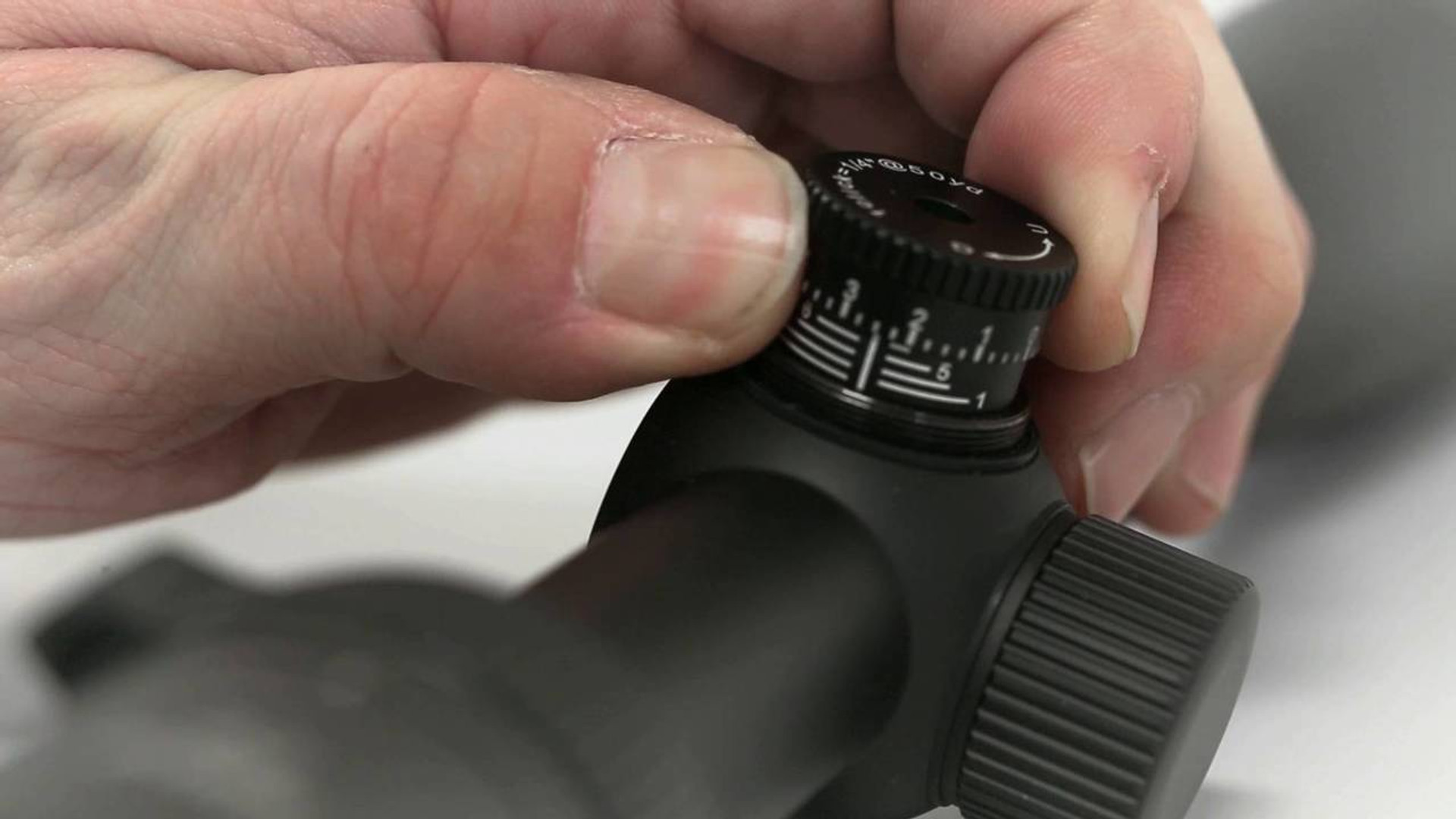Understanding Holdovers, Zeroes, and MOA
If you’ve recently put together a brand spanking new 80% build, congratulations. It’s time to get that gun sighted in! Obviously this will depend on what sort of optic you’ve got your heart set on using but do you understand what a holdover is? How about MOA’s? Do you know what it means to zero your optic? If not, don’t worry that’s what we’re here for.
Zeroing
Also called sighting-in, zeroing is the process of adjusting your chosen optics’s sighting apparatus until the point of aim is calibrated to match a bullet’s point of impact. There are a few ways to get an optic zeroed. You can use a bore-sight laser which is a device that you can either muzzle-load from the front of your barrel or directly into the chamber which shines a laser at your selected target. You’d then adjust your optic to meet that laser in the middle of your reticle. You can do a rough adjustment by adjusting the elevation and windage knobs on your optic until you meet your bore-sight laser. If you don’t have a laser, the next best option would be to shoot a grouping of shots to determine how far your shots are away from the bullseye which informs how you should adjust the optic’s settings.
Depending on what kind of shooting background you come from, some people may have differing opinions on what distance is most suitable for your optics to be zeroed at. For most civilians, the 50/200 yard zero has been said to make the most sense as it’s rare for the average person to be engaging any target further out than that. What that means is when you place the center of your reticle or red dot on a target at 50 yards and at 200 yards, the bullet should be exactly on target. Another popular “zero” is the 36 yard zero because it allows you to shoot targets right on the dot at 300 yards as well which is extremely helpful for competitive shooting.
Holdovers

Next we’ve got to get this one out of the way — a holdover refers to the positioning of your crosshairs in your reticle a little higher than where a target is to factor in bullet drop (the impact of gravity). To properly calculate the amount of holdover needed it will depend on a target’s distance from the shooter’s position and wind speed. Typically this term is used in reference to when people are using magnified optics such as scopes but the concept applies to red dot sights and holographic reticles as well.
MOA


MOA stands for Minute of Angle. It’s an angular measurement which is 1/60th of a single degree. Just as there are 60 minutes in an hour, it’s the same idea as saying there are 1/60th minutes in an hour. So in shooting, this minute is a 1/60th of an angle. That angle is what we’re referring to in a circle of which there are 360 degrees, which is just one of those degrees. So a 1/60th of one of those degrees is 1 MOA. To better understand MOA in general, you have to visualize two lines coming out of a gun like in the figures above: One line is your line of sight coming from your optic and the other line is where your bullet comes out of the barrel and its projected flight path. Notice that for the “combat carbine” the optic has been zeroed at 50 yards because the blue and red lines intersect at the 50 and 200 yard lines.
As we get further away in distance these lines increasingly separate in distance as well. So at 100 yards, those two lines are 1 inch away from each other. Make sense? What’s actually happening here is that we’re making an angle that we see through an optic or scope which translates to a certain “size” at a certain distance of those two lines’ distance from each other.
You might notice when buying optics that certain products will be 1 MOA, 2 MOA, or like the Trijicon MRO that we carry is a 2 MOA optic. Well, 1 MOA spreads out on a target about an inch at 100 yards. And for every increase of another 100 yards in distance, that spread increases about another inch. So at 1 MOA, 200 yards would equal about two inches, 300 yards would be three inches and so on and so forth.






